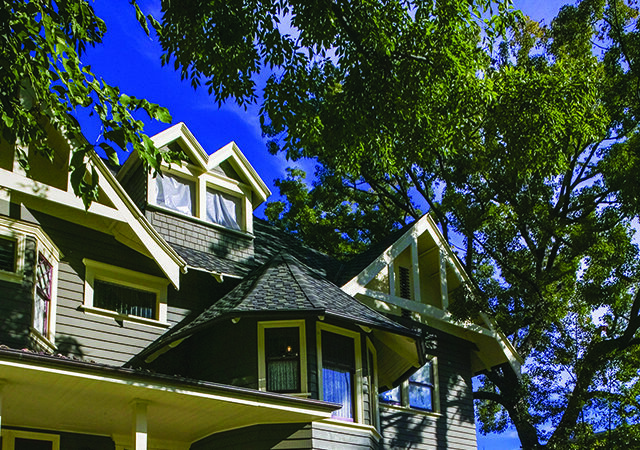
A report released in February by Apartment List, an online apartment listing service that also does research in the national housing market, concluded that “Black homeownership is trending upward but has made little long-term progress. Nationally it stands at 44 percent, according the 2020 census figures, and is up from 40.8 percent in 2016,” the report states. “Despite recent improvements in the Black homeownership rate, it remains stubbornly low, reflecting the ongoing legacy of a troubling past.”
The report that studied 63 urban areas in the United States found, however, that metropolitan areas in the South and specifically the Atlanta area, including DeKalb County, fared better than the nation as a whole.
Of the metropolitan areas studied ranked by growth in Black homeownership, 30 in the top 50 percent were in the South. The Atlanta metro area ranked fifth in growth in Black ownership nationally and is second only to the Augusta area in Georgia.
While the Apartment List study is not county specific, Data USA indicates that DeKalb County, with a 52 percent Black population has a homeownership rate of 55.7 percent.
“Owning a home has long been considered a reliable path to economic security and generational wealth, but a legacy of institutional racism has created cultural, political, and financial barriers that have suppressed Black homeownership for generations, highlighting the housing market’s role in the nation’s enduring wealth gap,” states the report prepared by Rob Warnock, a senior research assistant at Apartment List who specializes in trends in the housing and rental market, and Chris Salviati, a senior housing economist at Apartment List who conducts research on economic trends in the housing market.
The report authors indicated that are historical reasons Black families lag behind White families in home ownership. Past practices “that explicitly restricted Black access to homeownership” include “racially restrictive covenants written into property deeds [that] openly banned Black families from moving into [certain] neighborhoods,” and “redlining,” which involved denying mortgages and insurance in neighborhoods with large Black populations. Even the Federal Housing Authority was found to refuse to insure mortgages in Black neighborhoods. “These practices were legal until the passage of the Fair Housing Act of 1968,” the report points out.
“Black homeownership remains low and has been almost stagnant for several decades,” the report states. “According to decennial (every 10 years) census data the only period of significant improvement was 1940 to 1980, when the Black homeownership rate nearly doubled from 23 percent to 45 percent.”
The report also showed significant differences in Black homeownership based on age. Members of the “silent generation”—those in their teens in the 1950s—produced a post war rally in Black home purchasing as many White households fled to the suburbs. The rally plateaued at around 66 percent and starting with the Baby Boomers—those born between 1946 and 1965—Black Americans have attained homeownership as a slower pace than the generations that preceded them. The rate of homeownership among Black Millennials is roughly 10 percentage points lower than the homeownership rate of generations at the same age.
A major setback came about 18 years ago, the authors said. The Great Recession, an economic downturn between 2007 and 2009 that especially affected the housing market, “was also damaging to Black homeownership. Black and Brown borrowers received a disproportional share of subprime mortgages in the years leading up to the crash, and when the bubble burst, Black families were 76 percent more likely to experience foreclosure,” the report notes.
“Black homeownership fell for nine consecutive years and by 2015, the gap between Black and White homeownership was lower than it had been at any point going back to the 1920s,” the report continues. “These losses have yet to be recuperated. Even after the modest rally that started in 2016, by 2021 Black households owned homes as the same rate that they did in the 1970s.”






